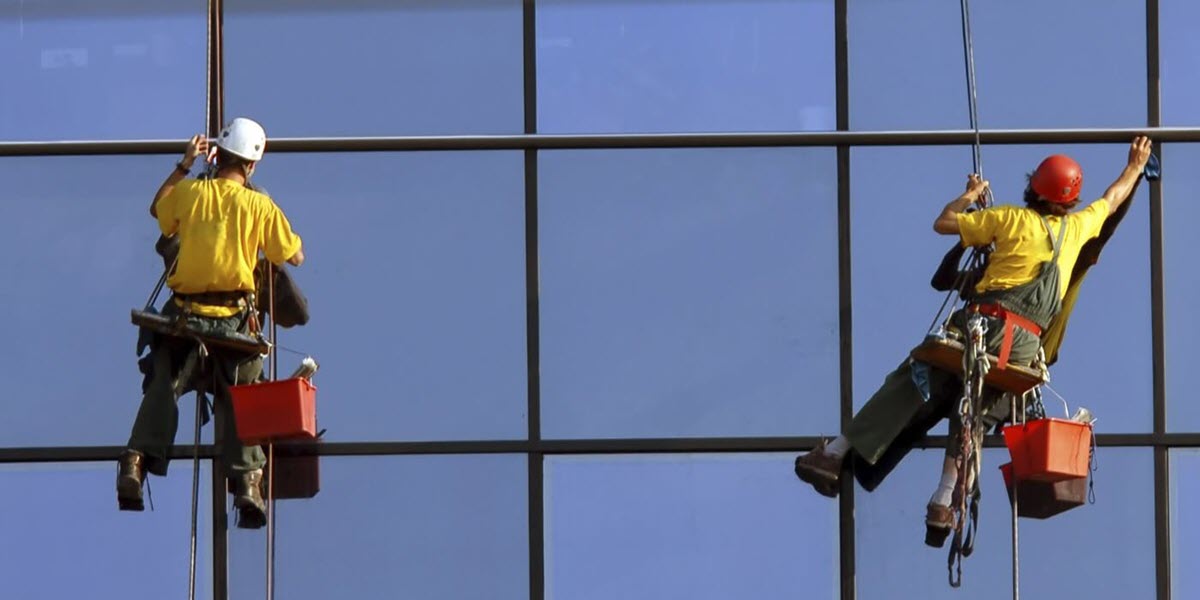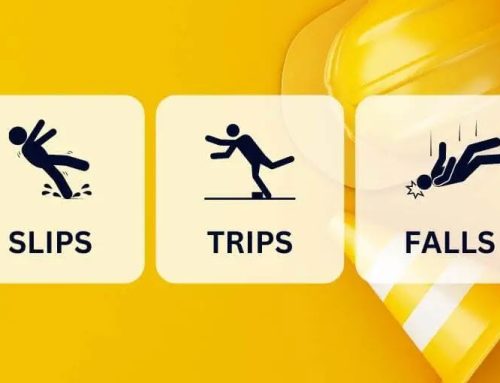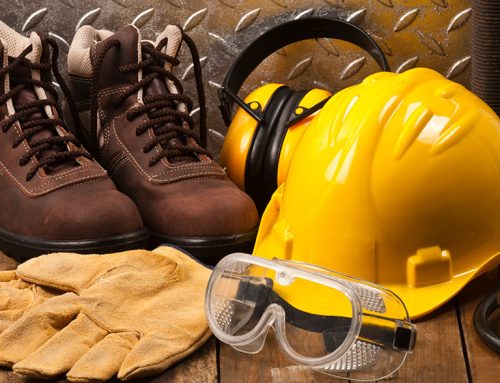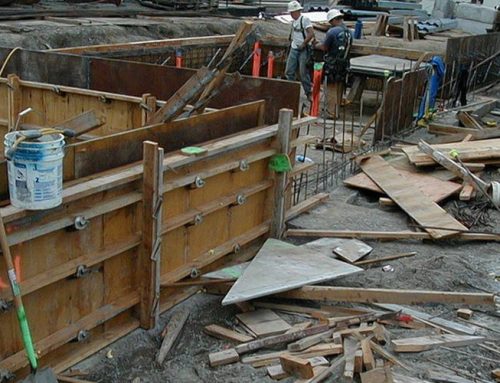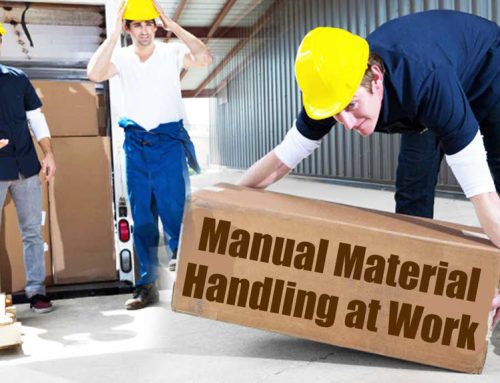What is a Work at Height Safety Toolbox Talk?
One of the major reasons of fatality and severe injuries in the work place is working at height. This makes it essential address the hazards in a work at height safety toolbox talk. Work at height is categorized as an individual working at a height where there is a possibility of falling a distance leading to personal injury. Many organisations and governmental authorities have made a huge effort to improve safety when working at height. However, the critical point is still there and a lot of individuals are facing injuries because of working at heights. Most common incidents during work at height consist of falls from ladders and unstable surfaces.
How to Write an Effective Work at Height Safety Toolbox Talk?
In order to write an effective work at height safety toolbox talk we must remember that the basic objective of any toolbox talk is to increase workers awareness about the risks and hazards, similar to risk assessment and other health and safety tools. At the same time, the toolbox talk serves the purpose of ensuring that controls are implemented to mitigate risks and hazards. Despite the fact that one of the most common reasons of work at height injuries is related to stepladders, it’s irrational to implement complex measures or equipment that is not economically viable. An ideal way to mitigate the risk use of e.g. stepladder toolbox talk or work at height toolbox talk. There is no doubt that a work at height safety toolbox talk must be continuously reinforced. In majority of the mining, construction, oil and gas entities the workers get used to working at height, which makes it even more risky. One of the plus points in toolbox safety talks is that they are brief, quick and straight to the point.
Since work at height is significant to a lot of personnel in the workplace, it is essential to devote some safety toolbox talks focusing on working at heights. Likewise, it can potentially be broken up into individual talks covering elements as work at height, ladders, stepladders and hop ups amongst others.
It is important to create toolbox talks in an appealing and useful way, on the other hand it also important to make them actionable as well as practically useful. If there are specific areas of working at height that require improvement by any means, this should be covered in an action plan for someone to address. Additionally, a work at height safety toolbox talk should communicate that safety is the primary concern and that workers need to follow the required safety measures. However, in this aspect it is essential that the intelligence and common sense of the workers is not demoralized.
In addition to that, it needs to be ensured workers have understood the content and is able to identify if for example there is lack of appropriate safety equipment or where surfaces feel unstable or in poor condition. It must be kept in mind that any safety equipment for collective protection, should not require the person working at height to take any actions to make it effective. Most importantly, receiving feedback from the onsite work teams regarding issues of working at height related to the actual site is more worthwhile than discussing general statistics and practices.
If you need to provide a toolbox talk on work at height safety, then our Work at Height Toolbox Talk might be of interest to you.
Alternatively, if you are looking for a range of ready to deliver toolbox talks, then you might be interested in our toolbox talk packages which include range of toolbox talks at a cost effective price.

